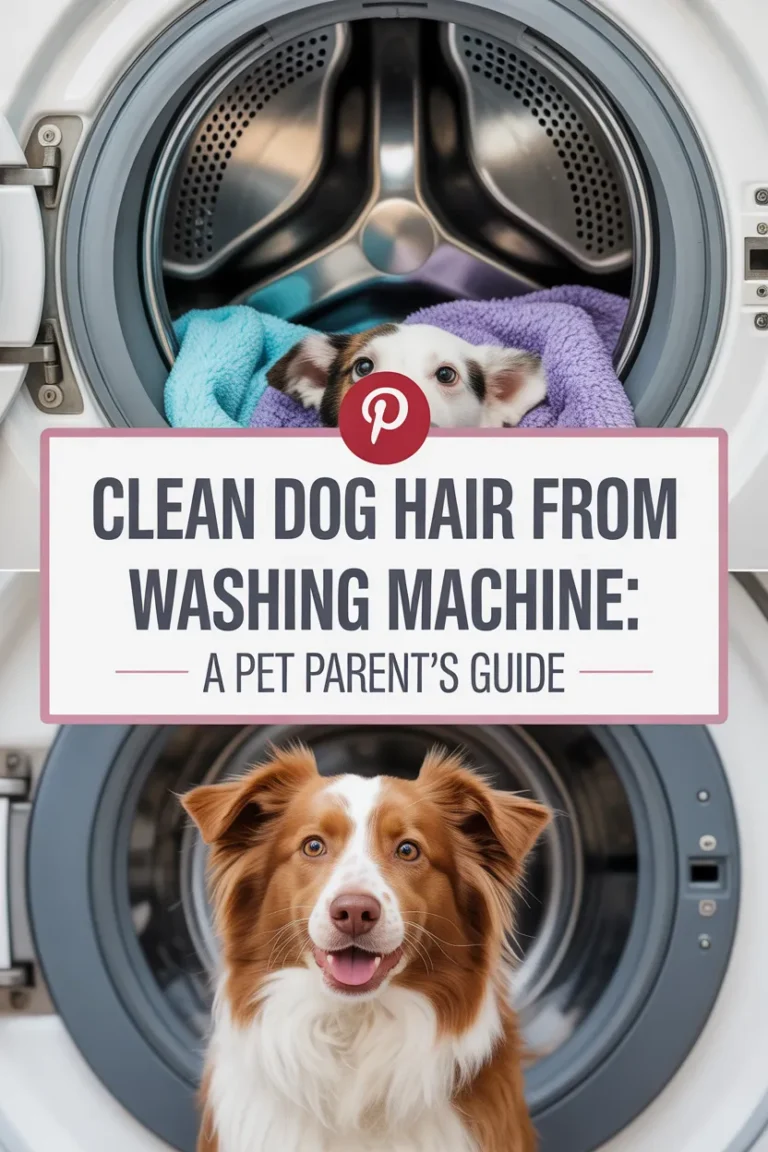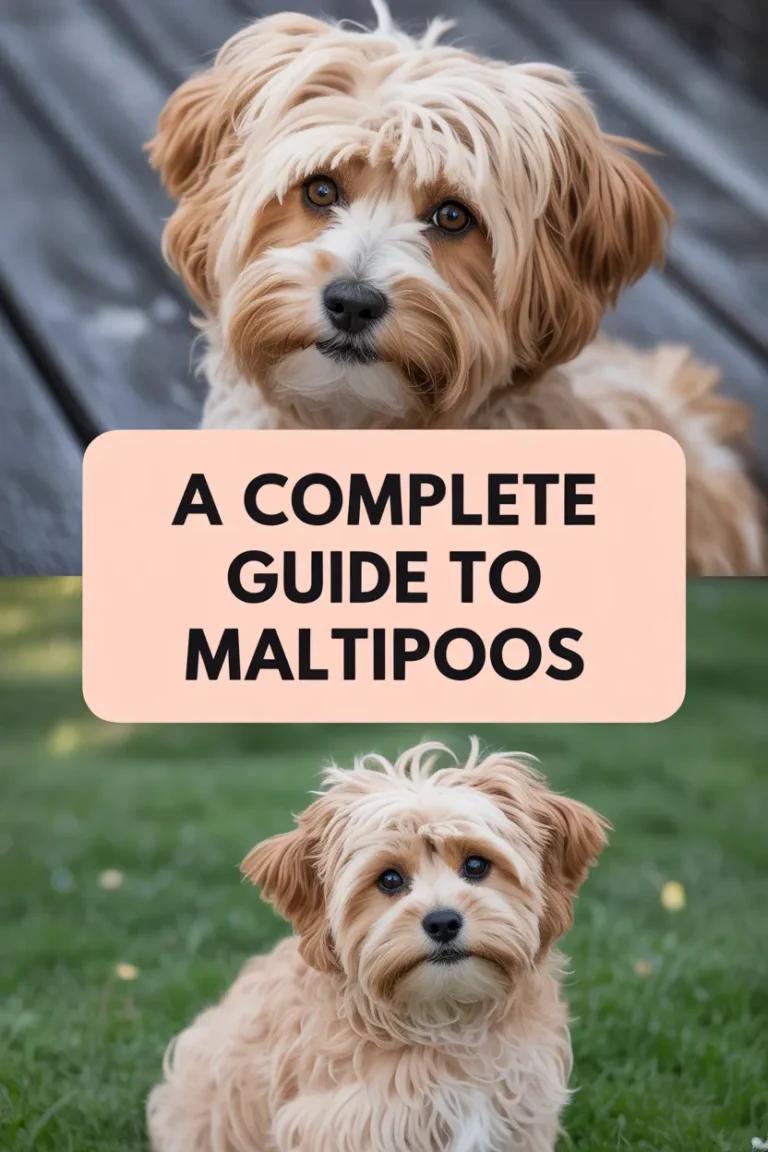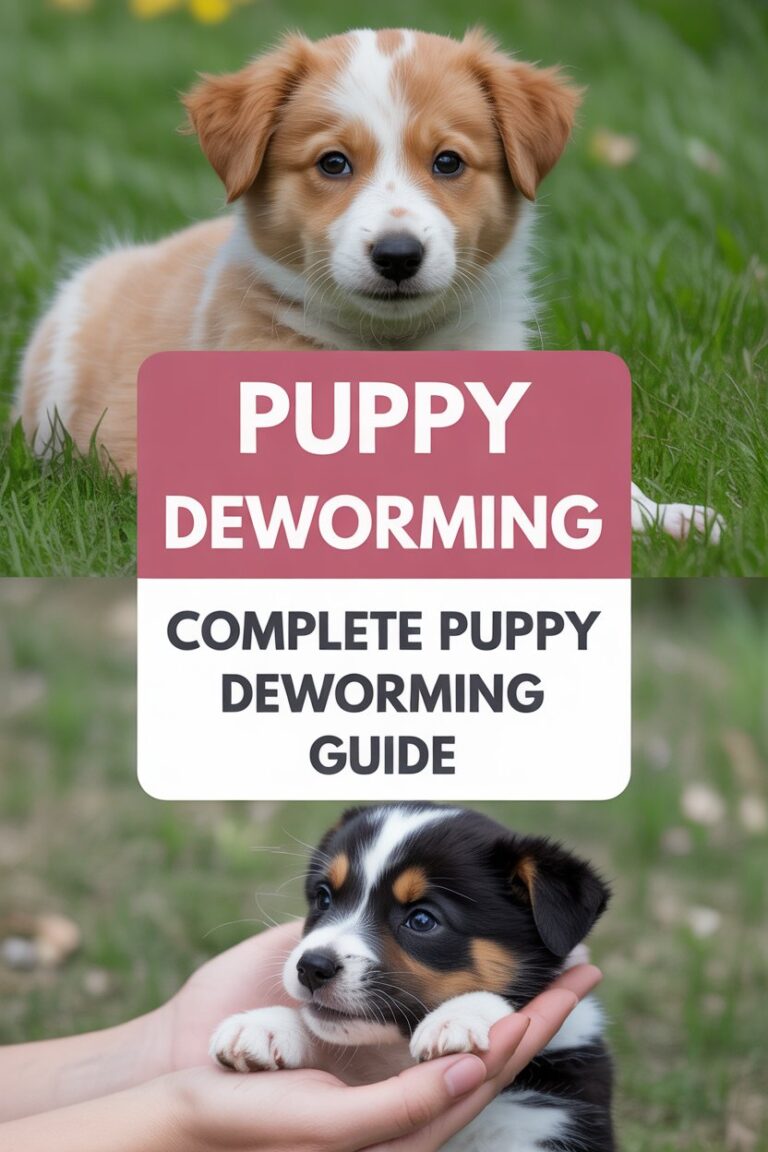How to Break Up a Dog Fight: A Step-by-Step Guide for Pet Parents
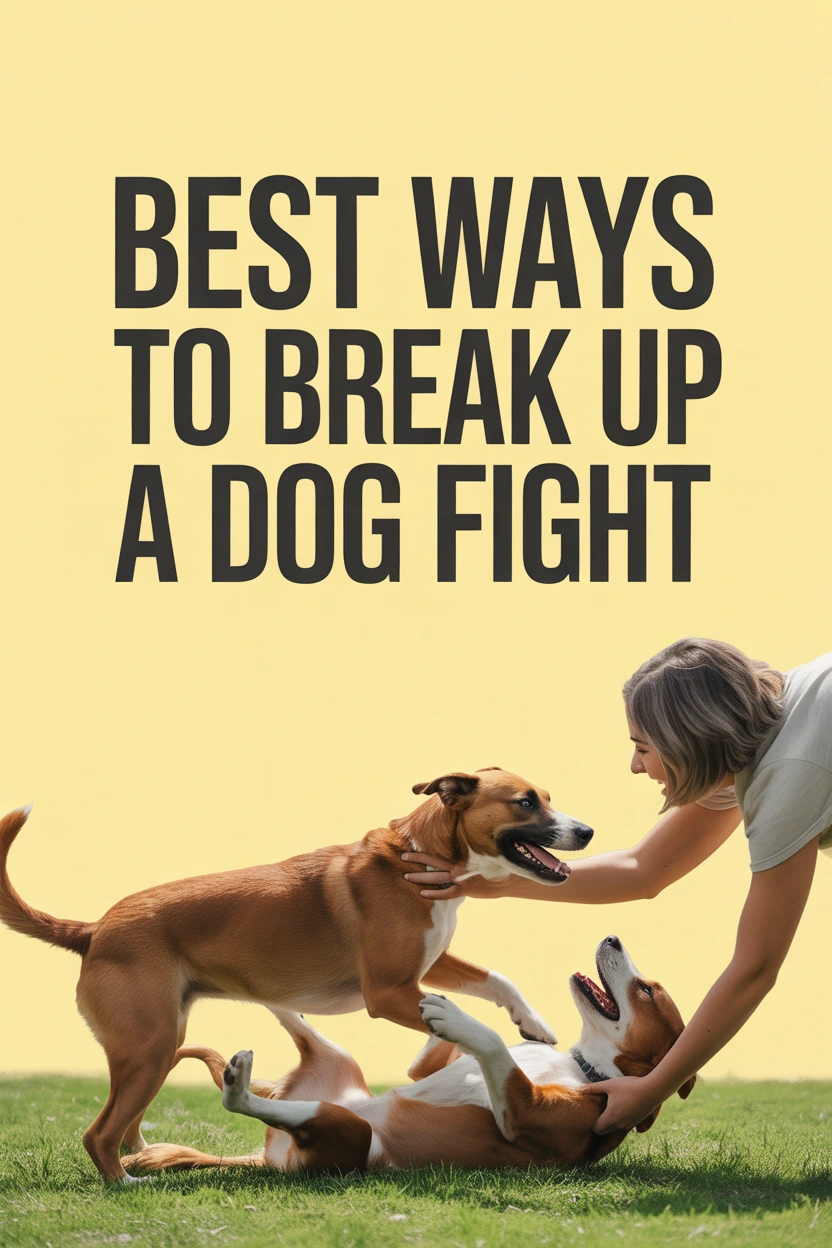
As much as we love our dogs, there are times when tensions rise, and a fight may break out. It’s a situation no dog owner ever wants to face, but knowing how to break up a dog fight safely is crucial. Whether it’s a scuffle between your own dogs or an altercation with another dog, the key is to stay calm, act quickly, and keep safety as your priority.
In this guide, we’ll walk you through the proper steps to break up a dog fight, what you can do to prevent future fights, and how to keep both your dogs and yourself safe during the process.
Understanding the Cause of Dog Fights
Before we dive into how to break up a dog fight, it’s essential to understand what causes them. Most fights between dogs are driven by factors such as:
- Territorial Disputes: Dogs may fight over space, especially in areas they see as their own, like a yard or favorite resting spot.
- Resource Guarding: Dogs may fight over toys, food, or attention from their owner.
- Fear or Anxiety: Fearful or anxious dogs may lash out if they feel threatened, especially in unfamiliar environments.
- Dominance: Some dogs may engage in fights to establish dominance or assert control over a situation.
Knowing the cause of a dog fight can help prevent future incidents, but first, let’s focus on how to safely break up a dog fight if one occurs.
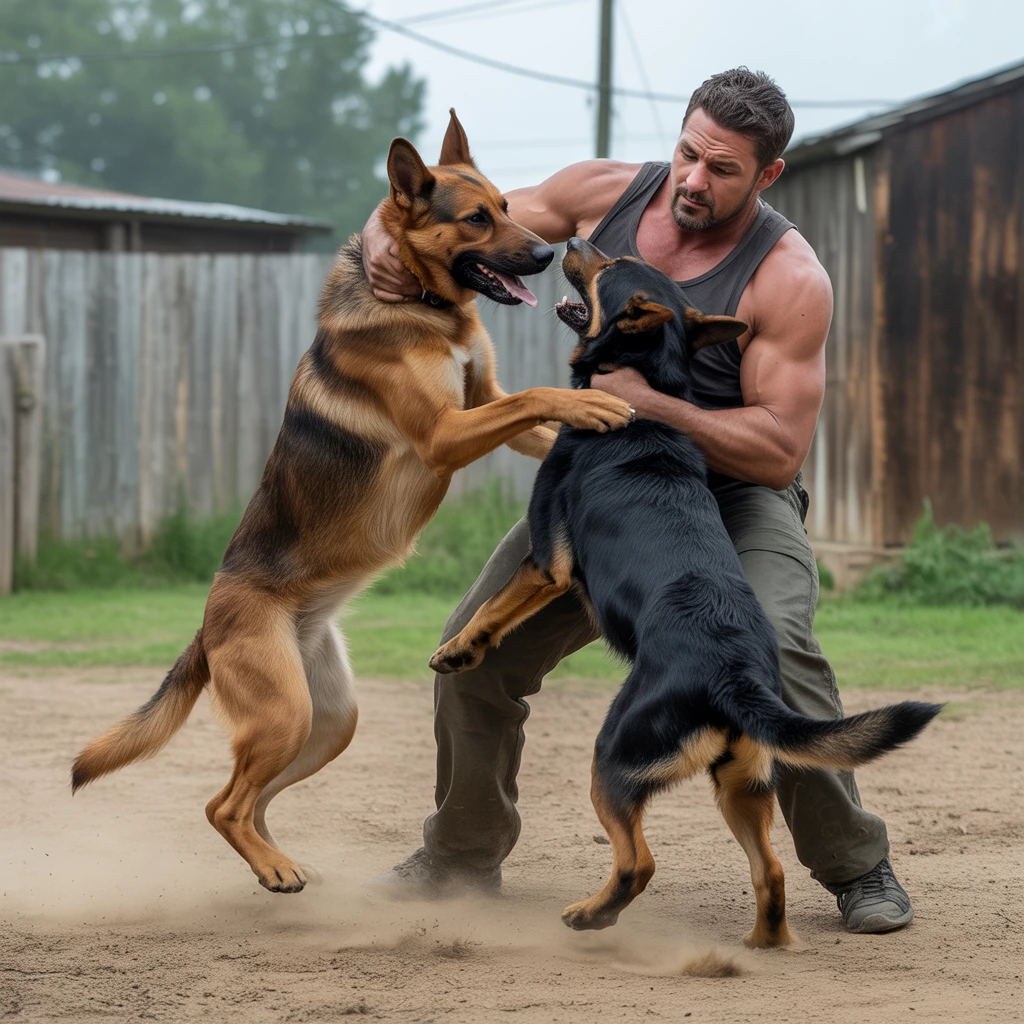
Step 1: Stay Calm and Assess the Situation
When a dog fight breaks out, the first thing you must do is stay calm. Your dog will be able to sense your emotions, so it’s essential to keep your composure. Panicking or yelling can escalate the situation.
- Assess the Severity: Quickly evaluate whether the fight is serious or if it’s just a minor squabble. If the dogs are locked in a violent fight with biting and serious injury, immediate intervention is necessary.
Emotional Tip: It’s natural to feel stressed or scared when a fight happens, but remember—you’re your dog’s protector. Stay calm to ensure you can act swiftly and effectively. Your calmness can make all the difference. 💖
Step 2: Never Grab the Dogs by Their Collars
One of the most important things to remember when trying to break up a dog fight is never to grab the dogs by their collars. Grabbing a dog’s collar in the heat of a fight can lead to more aggression and may result in bites to your hands.
- What to Do Instead: If you need to separate the dogs, use an object like a broom, large piece of cardboard, or a chair to gently push between the dogs. This will create a barrier and give you time to gain control without putting yourself in harm’s way.
Emotional Tip: If you’re the one breaking up a fight, remember that your safety comes first. Don’t feel bad if you have to use a tool to safely intervene—you’re protecting yourself and your dogs. 🌟
Step 3: Use Distraction or Noise to Break Up the Fight
Loud noises or distractions can often be enough to startle the dogs and get them to release each other. Here are some ways you can use distractions:
- Loud Noise: Clap your hands, shout, or use a whistle to create a loud noise that will startle the dogs and make them stop fighting.
- Spray Bottle: If the dogs are fighting near water, you can use a spray bottle with water to splash them and disrupt their focus.
- Distraction Tools: If available, use an air horn, shaker can, or even a loud horn to catch their attention.
Emotional Tip: While it can be nerve-wracking, your voice and your actions can help stop the fight. Don’t hesitate to use any tools or methods that can help diffuse the situation. You’re protecting your dogs from harm. 💪
Step 4: Separate the Dogs Safely
Once the dogs are distracted or startled, it’s time to break up a dog fight. You need to act quickly but safely.
- How to Separate: Use the distraction tool (broom, chair, or loud noise) to separate the dogs without getting too close to the action. If you can, safely leash each dog and move them away from each other.
- Do Not Turn Your Back: As you separate the dogs, make sure to maintain visual contact with both of them. Don’t turn your back, as this could provoke another fight.
Emotional Tip: After a fight, your dog may be scared or agitated. Reassure them with a calm voice and pet them gently. Let them know they’re safe and loved after the stressful situation. 🌸
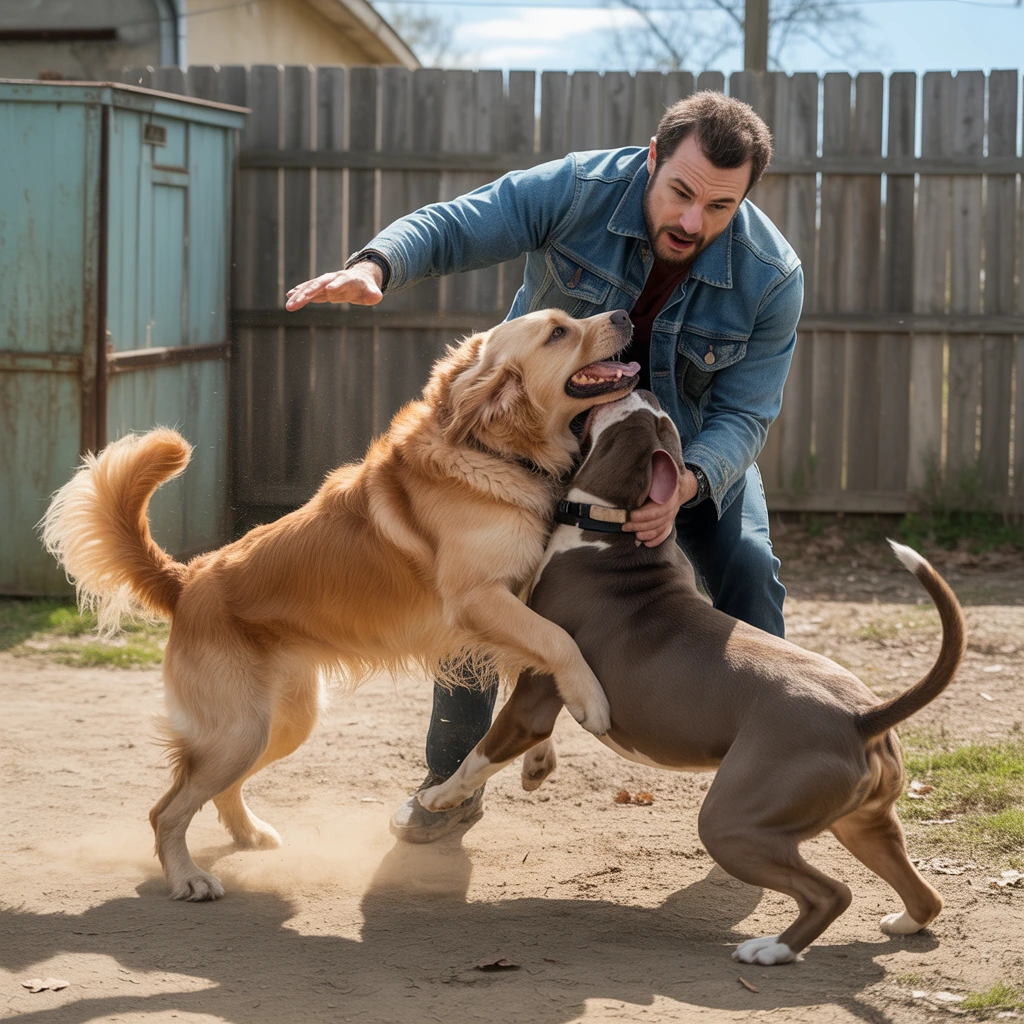
Step 5: Check for Injuries and Provide First Aid
Once the dogs are separated, immediately check for any injuries. Even if the fight wasn’t extremely aggressive, dogs can still get injured during a scuffle.
- Check for Bites and Scrapes: Look for any cuts, bites, or scratches on your dog’s body. Apply antiseptic to minor wounds and bandage them if necessary.
- Seek Veterinary Help: If there are deeper wounds, excessive bleeding, or if your dog seems lethargic after the fight, take them to the vet immediately for a professional examination.
Emotional Tip: It can be upsetting to see your dog hurt, but it’s important to stay calm. Your swift action to tend to their wounds will help them heal physically and emotionally. 💙
Step 6: Prevent Future Fights
Once the immediate crisis is over, it’s important to take steps to prevent future dog fights.
- Training: Invest in obedience training for your dogs to ensure they listen to you during stressful situations. Proper training can also help with resource guarding and territorial disputes.
- Socialization: If your dog tends to fight with other dogs, consider controlled socialization to teach them how to interact calmly.
- Management: In some cases, it may be necessary to keep dogs separated or supervise their interactions more closely, especially if there’s a history of aggression.
Emotional Tip: It can be tough to manage dogs that are prone to fighting, but with love, patience, and consistency, you can create a peaceful and harmonious environment for your furry friends. 💖
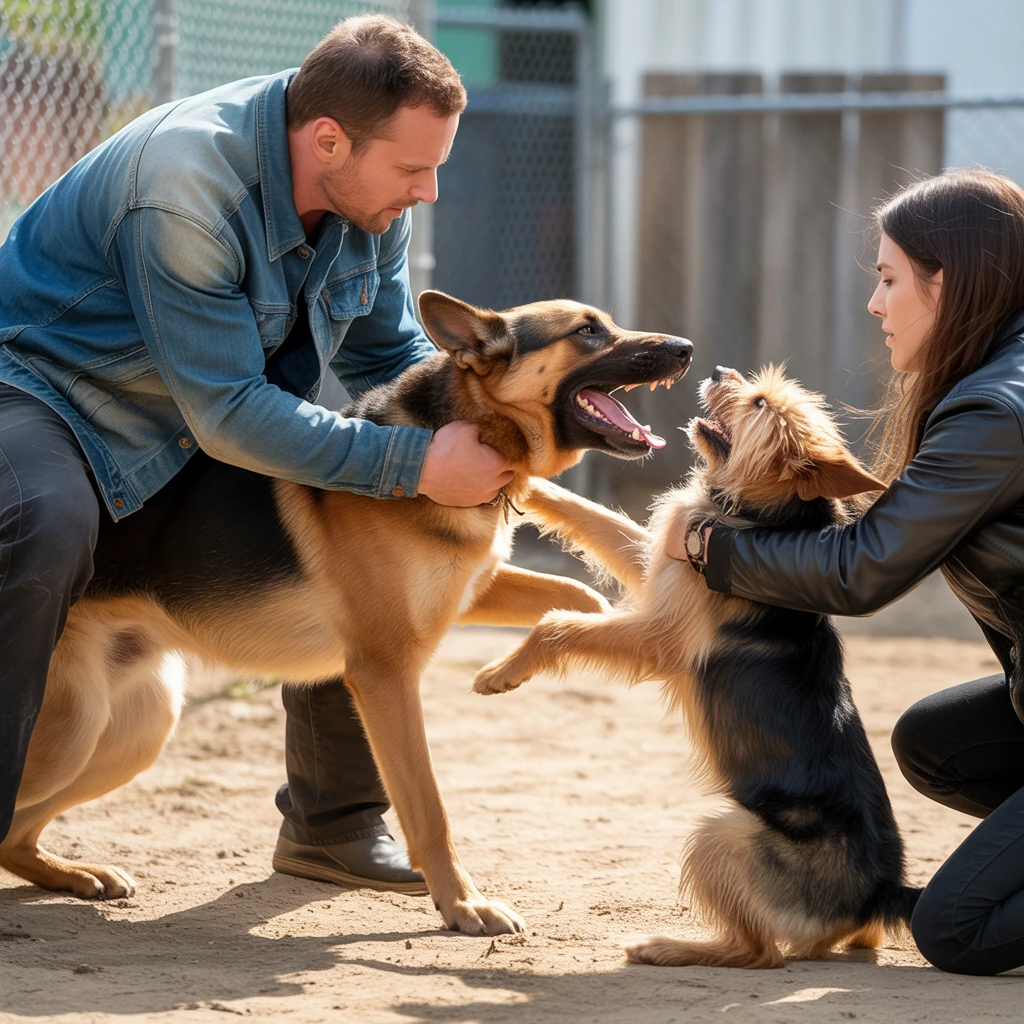
Conclusion: Safe and Calm Interventions
Breaking up a dog fight is a stressful experience, but with the right knowledge and techniques, you can handle the situation safely. By staying calm, using the right tools, and providing appropriate care, you can separate the dogs without harm and prevent future altercations. Most importantly, remember that your safety, as well as your dogs’ emotional well-being, should always be your top priority.



